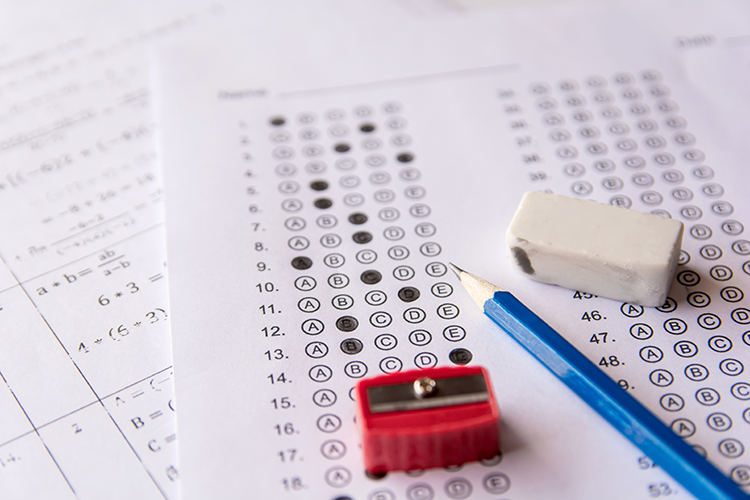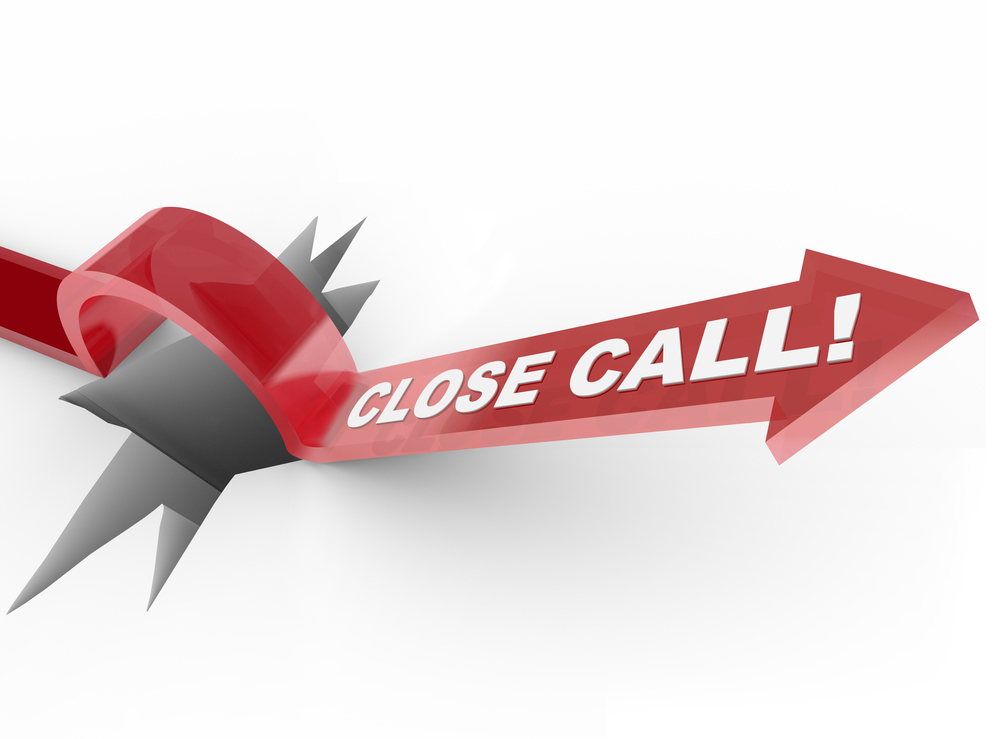USPTO Offers Guidance on Inventorship for AI-Human Collaborations | Cooley LLP
As global interest in artificial intelligence reaches a fever pitch, the US Patent and Trademark Office (USPTO) has entered the conversation. On February 13, 2024, the USPTO published Inventorship Guidance for AI-Assisted Inventions in the Federal Register, explaining how the USPTO plans to assess inventorship for inventions that were “assisted by” AI, and soliciting public comment through an ensuing 90-day comment period. The guidance was prepared in response to the October 2023 Executive Order on the Safe, Secure, and Trustworthy Development and Use of Artificial Intelligence, which required the USPTO to “publish guidance to USPTO patent examiners and applicants addressing inventorship and the use of AI, including generative AI, in the inventive process, including illustrative examples in which AI systems play different roles in inventive processes and how, in each example, inventorship issues ought to be analyzed.”
The USPTO’s guidance is a reminder that patents serve to incentivize the ingenuity of humans (referred to as “natural persons”), and thus only humans – not AI – can be inventors. The guidance qualifies a human as an inventor on an AI-assisted invention if that human provided a “significant contribution” to the invention’s conception. Although this “significant contribution” standard has historically been used in “joint inventorship” (emphasis added) contexts – for example, where two or more people took part in the inventing – it is nevertheless possible for a human meeting this standard to be the sole inventor of an AI-assisted invention.
The guidance also cautions that the duty to disclose all known information that is material to patentability includes a duty to disclose information related to improper inventorship. Patent applicants and others associated with prosecuting a patent application have an affirmative “duty of disclosure,” to disclose to the USPTO any “information” that is “material to patentability.” As incorrect inventorship is a ground of rejection, information about inventorship being incorrect (regardless of whether the invention is AI-assisted or not) is “material to patentability” and must be disclosed to the USPTO. So, the USPTO is reminding people that this obligation remains in place, as it is laying out an additional circumstance – human and AI collaborations – in which inventorship must be assessed.
Two hypothetical practical examples – “Transaxle for Remote Control Car” and “Developing a Therapeutic Compound for Treating Cancer” – were published on the USPTO’s AI-related resources webpage in connection with the release of the guidance. These examples illustrate guiding principles set forth in the guidance which, while not dispositive on their own, are intended to facilitate inventorship analysis. Among these guiding principles are acknowledgements that the following may constitute significant contributions to an invention:
- Designing, building or training an AI system.
- Constructing an AI prompt “in view of a specific problem to elicit a particular solution.”
- Performing a successful experiment using an output of an AI system.
It is noted, however, that neither the ownership/oversight of an AI system nor the mere presentation of a problem to an AI system is itself sufficient to constitute a significant contribution to an invention.
[View source.]






